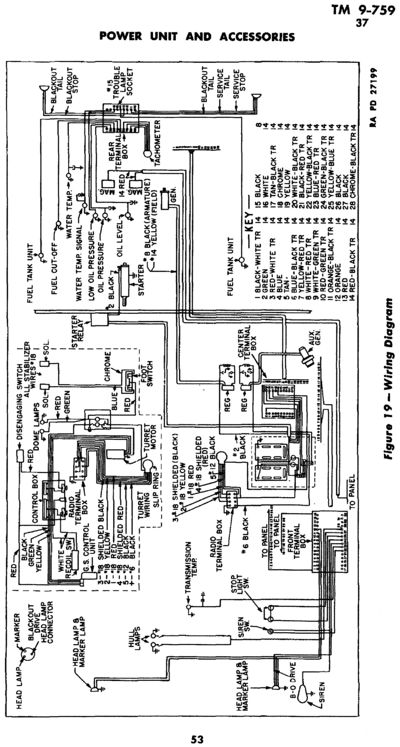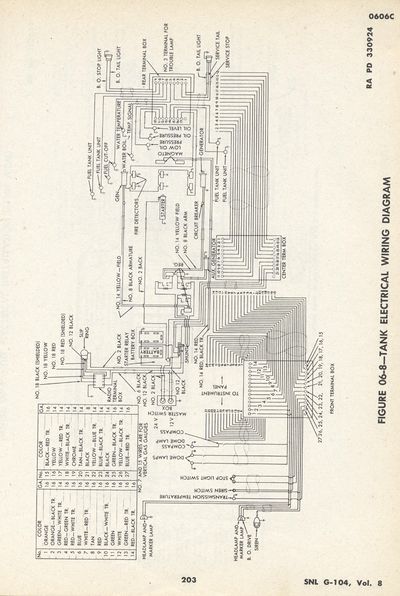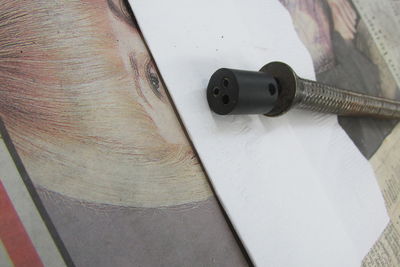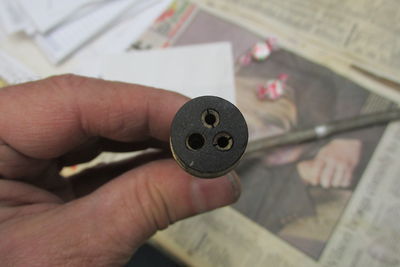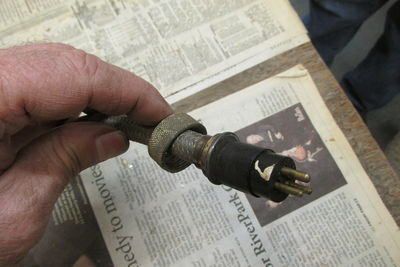Difference between revisions of "Sherman schematics"
Jump to navigation
Jump to search
| Line 10: | Line 10: | ||
==armor harness== | ==armor harness== | ||
| − | most armored vehicles used woven brass flex conduit with a "garden hose" fitting soldered on the end. the electrical connection was usually a bakelight connector with very small set screws for the wire. | + | most armored vehicles used woven brass flex conduit with a "garden hose" fitting soldered on the end. the electrical connection was usually a bakelight connector with very small set screws for the wire. and a slide fitting over the set screw section. |
[[File:Sherman harness1.JPG|400px]] | [[File:Sherman harness1.JPG|400px]] | ||
[[File:Sherman harness2.JPG|400px]] | [[File:Sherman harness2.JPG|400px]] | ||
| + | |||
| + | [[File:Sherman harnes3.JPG|400px]] | ||
==References== | ==References== | ||
Revision as of 18:59, 6 January 2018
there seems to some question and confusion, about 12 volt VS. 24 volt radios in shermans. perhaps a gallery of schematics will help answer the question.
Gallery
1942
1944
1953
armor harness
most armored vehicles used woven brass flex conduit with a "garden hose" fitting soldered on the end. the electrical connection was usually a bakelight connector with very small set screws for the wire. and a slide fitting over the set screw section.
References
- TM 9-759 1943, 1944, 1953
- TM TM 11-2748, 45. Installation of Radio and Interphone Equipment in Medium Tank M4A3 or M4A3E2, 75-mm Gun, Wet Stowage; Medium Tank M4A1, M4A2, and M4A3, 105-mm Howitzer, 40 pages. PB 80907 - BSIR 7(1):34; 10/03/47
